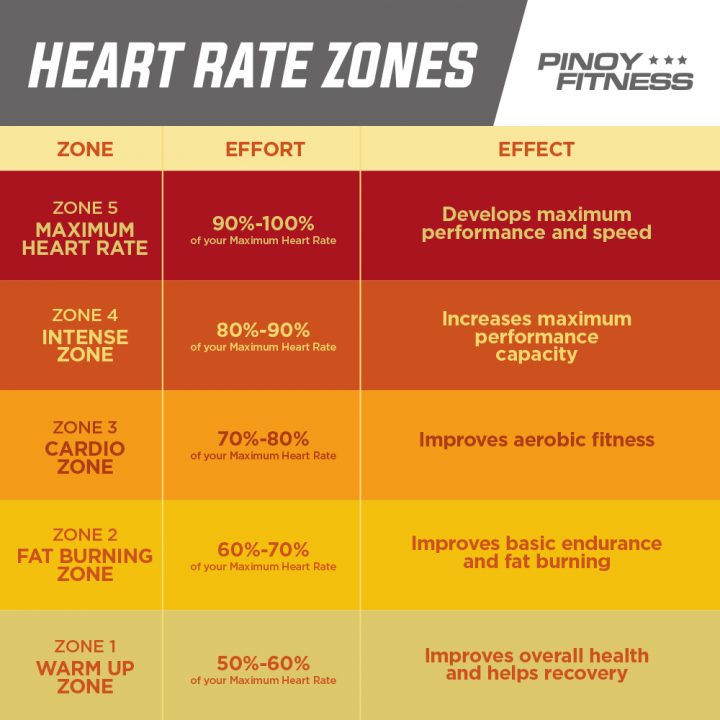

In the vast majority of cases, attacks of SVT are harmless, do not last long and settle on their own without treatment.

SVT can occur in anyone at any age, but it often occurs for the first time in children or young adults. However, they may be triggered by a change in posture, exertion, emotional upset, coffee or alcohol. SVT attacks often happen for no obvious reason. Each time the signal completes the circuit, the impulse spreads out to the rest of your heart, forcing it to beat rapidly. The short circuit causes an electrical signal to travel continuously around in a circle.

It is often a short circuit in the electrical system of your heart that causes these spontaneous impulses. These impulses override your heart's natural rhythm. SVT is caused by abnormal electrical impulses that start suddenly in the upper chambers of your heart (the atria). You usually feel heart palpitations (noticeable heartbeats) and a fast pulse. This reduces the amount of blood being pumped around the body, which can make you feel dizzy and short of breath. In SVT, the heart muscle is contracting so fast that it cannot relax between contractions. This process is repeated for every heartbeat. They then relax, so the heart can fill with blood again. When the heart beats normally, its muscular walls contract (tighten and squeeze) to force blood out and around the body. 'Tachycardia' means an abnormally rapid heart rhythm.'Supraventricular' means that the problem occurs in the upper chambers (atria) of the heart.The heart rate may be as high as 250 beats per minute, but is usually between 140 and 180 (a normal heartbeat should be 60-100 beats per minute at rest). They may occur regularly, several times a day, or very infrequently, once or twice a year. The heart will suddenly start racing, then stop racing or slow down abruptly.Įpisodes can last for seconds, minutes, hours or (in rare cases) days. Duplication for commercial use must be authorized in writing by ADAM Health Solutions.Supraventricular tachycardia (SVT) is a heart condition featuring episodes of an abnormally fast heart rate. Links to other sites are provided for information only - they do not constitute endorsements of those other sites. A licensed physician should be consulted for diagnosis and treatment of any and all medical conditions. The information provided herein should not be used during any medical emergency or for the diagnosis or treatment of any medical condition. This site complies with the HONcode standard for trustworthy health information: verify here. Learn more about A.D.A.M.'s editorial policy editorial process and privacy policy. is among the first to achieve this important distinction for online health information and services. follows rigorous standards of quality and accountability. is accredited by URAC, for Health Content Provider (URAC's accreditation program is an independent audit to verify that A.D.A.M. This will give the beats per minute.Ī.D.A.M., Inc. Or, count the beats for 30 seconds and multiply by 2.
#Good pulse rate full
Once you find the pulse, count the beats for 1 full minute. Doing so can slow the flow of blood to the head and lead to fainting. Also, do not take the pulses on both sides of the neck at the same time. Fainting or slowing of the heartbeat can result. The neck arteries in some people are sensitive to pressure. Note: Sit or lie down before taking the neck pulse. To measure the pulse on the neck, place the index and middle fingers just to the side of the Adam's apple, in the soft, hollow area. Press with flat fingers until you feel the pulse. To measure the pulse at your wrist, place your index and middle finger over the underside of your opposite wrist, below the base of the thumb. The pulse can be measured at areas where an artery passes close to the skin.


 0 kommentar(er)
0 kommentar(er)
